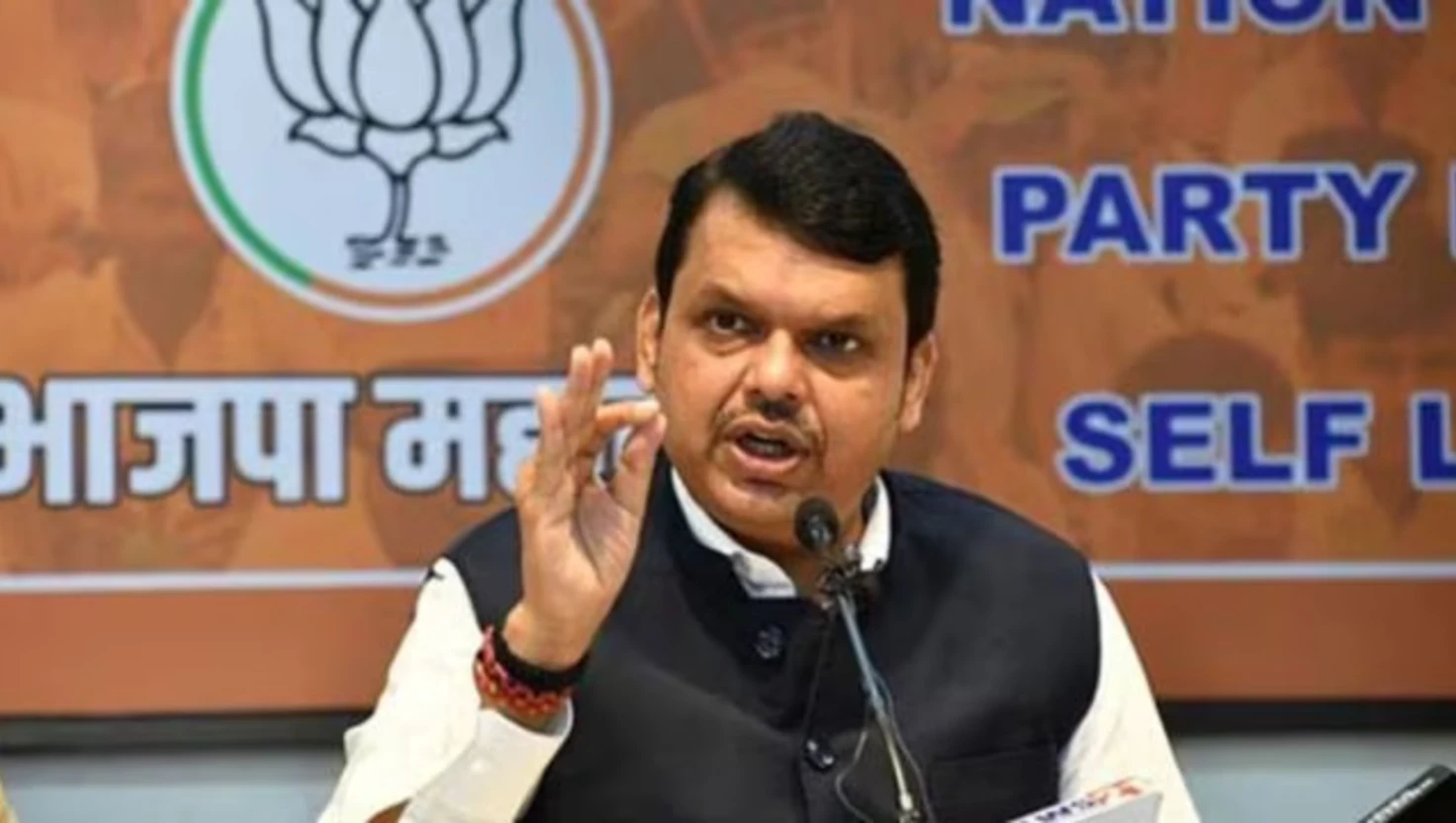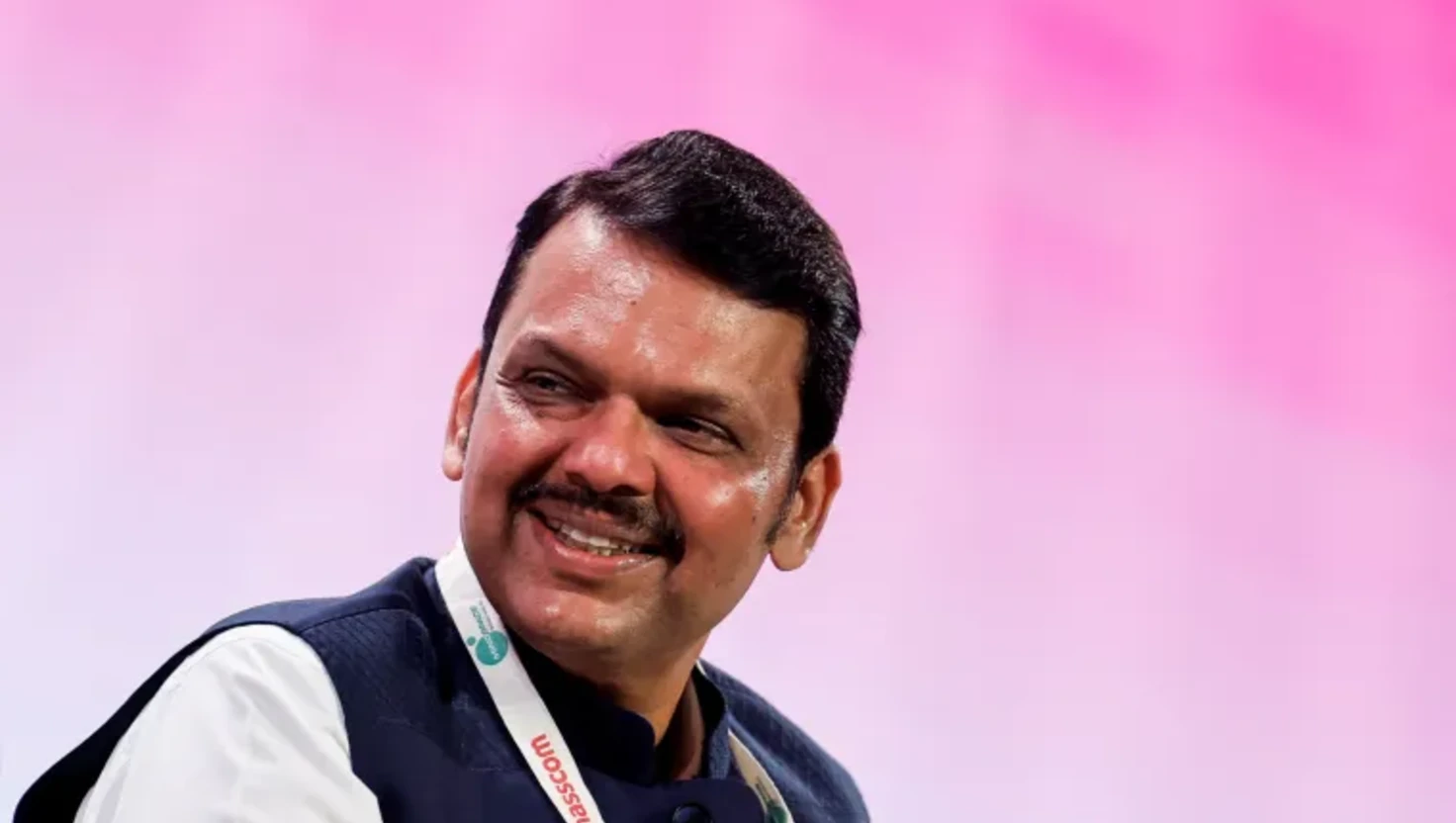Media Monitoring will provide "facts" in case of negative news, says Maharashtra CM Fadnavis

Media Monitoring will provide "facts" in case of negative news, says Maharashtra CM Fadnavis
Maharashtra’s Chief Minister says the state’s upcoming ₹10 crore media monitoring centre will clarify facts, not censor press reports.
Indian state leader says media centre will clarify facts, not control press
Maharashtra Chief Minister Devendra Fadnavis has defended a controversial plan to set up a government-run media monitoring centre, stating that the initiative is not intended to curb press freedom but to provide factual corrections in response to negative news.
Speaking to journalists on International Women’s Day, Mr Fadnavis explained that the proposed ₹10 crore (approximately US$1.2 million) centre will categorise media reports and provide clarifications when coverage of government activities is perceived as misleading or inaccurate.
“We are setting up a system where news reports will be categorised,” he said. “And in case of negative news, the truth about it or the facts will be provided to those who did the reports. Media monitoring does not mean control on media.”
Media monitoring plan announced earlier this month
The Indian Express first reported on 5 March that the Maharashtra government would establish a centre to monitor how it is portrayed in the media. The system will track news across print, digital, electronic and social media platforms, and generate analytical reports. It will also respond in real time to what the government considers negative or misleading news.
According to official documents, the centre will use artificial intelligence to scan news items, categorise them by topic, region, incident and individuals involved, and provide alerts to government officials. Reports will be produced on a daily, weekly and monthly basis, supported by a digital dashboard and mobile application.
A private consulting agency will be engaged to manage the analysis, including collecting and reviewing news clippings and digital content.
Wider concerns over media freedom and editorial independence
While the government maintains that the aim is to ensure accurate information is shared with the public, the initiative has raised alarm among journalists and press freedom organisations.
Observers have warned that classifying stories as “negative” could lead to editorial pressure, potentially discouraging investigative or critical journalism. There are concerns that such a system might foster self-censorship or be used to exert informal control over media narratives.
India has witnessed increasing scrutiny over media freedom in recent years. In 2023, the federal government’s attempt to establish a fact-checking unit with the authority to remove online content about government activity was struck down by the Bombay High Court on constitutional grounds.
Fadnavis outlines broader governance measures
Beyond the media monitoring initiative, Mr Fadnavis addressed several other policy areas during his interaction with women journalists, including women’s safety, technology training, and alleged cases of coercive relationships referred to as “love jihad” by some political groups in India.
He said the state was taking steps to curb technology-enabled abuse, including deepfakes and video morphing, through stricter laws and law enforcement measures.
On economic empowerment, he announced that Maharashtra would partner with Microsoft to train 10,000 women in artificial intelligence, with a focus on equipping them for jobs linked to emerging technologies.
Mr Fadnavis also said that industrial clusters across the state would offer special opportunities for women entrepreneurs to encourage greater participation in the economy.
Controversy continues as implementation nears
Despite the reassurances from the Chief Minister, critics say the government has yet to provide clear guidelines on how news will be evaluated or whether there will be any independent oversight of the system’s decisions.
As the government prepares to operationalise the centre, press advocacy groups are calling for greater transparency and safeguards to ensure the tool does not infringe upon editorial independence or public access to critical reporting.
The Directorate General of Information and Public Relations, the agency responsible for the project, is expected to submit a detailed implementation plan and assess similar models from other Indian states, if applicable.
Maharashtra Chief Minister Devendra Fadnavis has defended a controversial plan to set up a government-run media monitoring centre, stating that the initiative is not intended to curb press freedom but to provide factual corrections in response to negative news.
Speaking to journalists on International Women’s Day, Mr Fadnavis explained that the proposed ₹10 crore (approximately US$1.2 million) centre will categorise media reports and provide clarifications when coverage of government activities is perceived as misleading or inaccurate.
“We are setting up a system where news reports will be categorised,” he said. “And in case of negative news, the truth about it or the facts will be provided to those who did the reports. Media monitoring does not mean control on media.”
Media monitoring plan announced earlier this month
The Indian Express first reported on 5 March that the Maharashtra government would establish a centre to monitor how it is portrayed in the media. The system will track news across print, digital, electronic and social media platforms, and generate analytical reports. It will also respond in real time to what the government considers negative or misleading news.
According to official documents, the centre will use artificial intelligence to scan news items, categorise them by topic, region, incident and individuals involved, and provide alerts to government officials. Reports will be produced on a daily, weekly and monthly basis, supported by a digital dashboard and mobile application.
A private consulting agency will be engaged to manage the analysis, including collecting and reviewing news clippings and digital content.
Wider concerns over media freedom and editorial independence
While the government maintains that the aim is to ensure accurate information is shared with the public, the initiative has raised alarm among journalists and press freedom organisations.
Observers have warned that classifying stories as “negative” could lead to editorial pressure, potentially discouraging investigative or critical journalism. There are concerns that such a system might foster self-censorship or be used to exert informal control over media narratives.
India has witnessed increasing scrutiny over media freedom in recent years. In 2023, the federal government’s attempt to establish a fact-checking unit with the authority to remove online content about government activity was struck down by the Bombay High Court on constitutional grounds.
Fadnavis outlines broader governance measures
Beyond the media monitoring initiative, Mr Fadnavis addressed several other policy areas during his interaction with women journalists, including women’s safety, technology training, and alleged cases of coercive relationships referred to as “love jihad” by some political groups in India.
He said the state was taking steps to curb technology-enabled abuse, including deepfakes and video morphing, through stricter laws and law enforcement measures.
On economic empowerment, he announced that Maharashtra would partner with Microsoft to train 10,000 women in artificial intelligence, with a focus on equipping them for jobs linked to emerging technologies.
Mr Fadnavis also said that industrial clusters across the state would offer special opportunities for women entrepreneurs to encourage greater participation in the economy.
Controversy continues as implementation nears
Despite the reassurances from the Chief Minister, critics say the government has yet to provide clear guidelines on how news will be evaluated or whether there will be any independent oversight of the system’s decisions.
As the government prepares to operationalise the centre, press advocacy groups are calling for greater transparency and safeguards to ensure the tool does not infringe upon editorial independence or public access to critical reporting.
The Directorate General of Information and Public Relations, the agency responsible for the project, is expected to submit a detailed implementation plan and assess similar models from other Indian states, if applicable.

Journalist body alarmed by Maharashtra’s use of AI to monitor media
Maharashtra’s plan to use AI to track and rate media coverage as “positive” or “negative” prompts warnings over press freedom and editorial independence.
| 2025-07-30

Maharashtra to set up media monitoring centre at Rs 10 crore
The Maharashtra government will set up a ₹10 crore media monitoring centre using AI to track and classify news coverage, raising questions on press freedom.
| 2025-07-30




